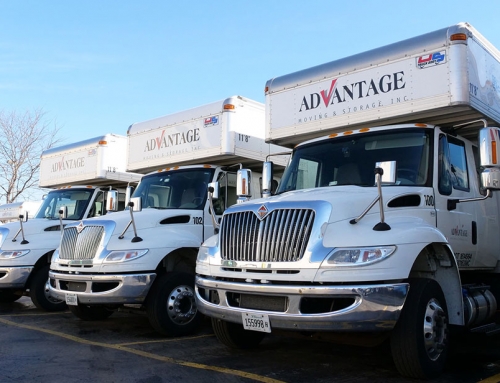If you find yourself looking to consolidate some of your office space, there are plenty of things to keep in mind. No matter your reason, shrinking the commercial size of your business comes with benefits…and a few challenges. In this post, we’ll get you caught up on some of the important things to keep in mind if commercial consolidation is in your future.

Benefits:
A recent list from BedRock Realty Advisors went over some of the highlights that consolidating your business into one building can provide. The full list can be found here but you can see some of them below.
- Efficiencies in space and staff: Consolidating office space can eliminate redundancies in your operations, such as needing only one reception/receptionist, being able to consolidate office supplies and storage, being able to centralize the mailroom, synthesize the photocopy area and equipment, and integrating one kitchen or staff area. A larger office space also usually means better space efficiency, which translates to lower operational costs for your business.
- Amalgamation: Putting all your resources, management and staff together reduces traveling time between offices and make it easier for the different facets of your business to work together more seamlessly. Efficient layout plans, which are more feasible in larger offices, can also improve teamwork, open up the opportunity to cross-share and allow the possibility of new sellable services that would not otherwise be possible in a business with various locations.
- Improve Employee Pride and Morale: A larger office space often provides the opportunity to improve organizational efficiencies by streamlining communication, knowledge transfer and workflows, and creating synergies between departments and employees. Having your leaders on-site under one roof also improves employee accountability, leading to greater productivity. Since you have efficiencies of scale, the company may even be able to provide work/life balance amenities (e.g. fitness centers, daycare) which help improve job satisfaction.
- Leverage and Flexibility: Larger office spaces create greater leverage in terms of negotiation with the landlord. It is also possible to contract the space in the future by subleasing the space when the unused spaces are in the same building, as long as it is negotiated correctly in your lease agreement.
Drawbacks:
Certainly, shrinking the size of your commercial space comes with some challenges. Along with the stress, planning and financial aspects, downsizing can prove to be too much for some business owners. In breaking down a recent business consolidation, Workdesign.com explains some of the drawbacks like this…
Differing operations and policies among business groups posed a major challenge in the consolidation. For example, employees in one location sat primarily in open-plan workstations, while those in other locations had large individual offices. Dress codes varied from casual to more formal attire. One unit provided free refreshments; one sold them to fund the employee engagement team. Some employees at one site purchased their own espresso machine and petitioned to have it located in the combined office without it being available to the general employee population. These large and small differences between business units highlighted the importance of finding compromises and establishing a consensus wherever possible.
Configuring IT capabilities throughout the space was a significant challenge throughout the entire project, as well. Three networks needed to be brought under one roof, and employees needed to connect to their respective networks at their individual workspace. Substantial coordination was required to configure the networks for employee use, and delays in initial configuration impacted many employees in the new office. Because technological connectivity is such a vital part of the workplace, enabling IT operations was both a challenge and a priority.
Landlord issues caused a delay in the issue of a certificate of occupancy, which pushed back the move-in timeline from the original project schedule. As schedule changes occurred, it became difficult to keep employees informed of the most current logistical information.
Security was a main concern in the open environment; many employees were uneasy about information security in an open setting, which drove interest in access to enclosed spaces within the workplace. Security considerations for one of the business units also delayed this unit from moving into the space and being collocated with the other businesses, which caused a complication in move logistics and operational procedures.
Keep in Mind…
Now that we’ve laid out a few of the positives and negatives of commercial consolidation, we want to leave you with some things to keep in mind if you’re considering it.
- Human resources: Access to an appropriate labor pool (for example, bilingual candidates) and sometimes lower wage scales.
- Unplanned attrition: If an employee leaves because of the new location, the rule of thumb is that it costs the company 50 per cent of that person’s salary. Estimate the number of employees that could be lost and multiply by 50 per cent of their salaries. The cost can outweigh the savings of a more economical location.
- Expansion: Once salaries, employee attrition and loss of productivity are taken into account, a less convenient and less expensive location may be more costly in the end.
- Densification: Many firms consider reducing their rentable square feet per full-time employee to further justify a relocation, but if the tighter space results in even a 1-per-cent attrition rate and 1-per-cent decline in productivity, it’s generally considered too costly.

If you’re in need of movers to help consolidate some of your commerical space, don’t hesitate to contact the professionally trained staff at Advantage here!






